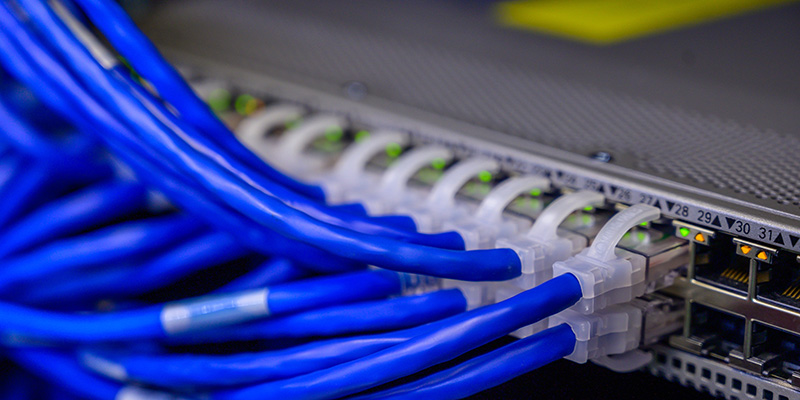Investing in information technology (IT) and creating a healthy workplace environment for IT employees are crucial for companies to maximize innovation output. A new study analyzed four types of innovation and found that IT investment impacts all of them, even non-IT innovation output. The study, which traced innovation through the number and quality of patents issued, concluded that IT employees’ knowledge and expertise are vital in maximizing innovation output. Companies should not overlook the IT department’s importance as a critical support mechanism for innovation programs and departments. In addition, the study highlights the complementarity piece to investments in IT, emphasizing the need to invest in both tangible IT systems and the workplace environment for IT employees to sustain competitive advantage.

IT Investment and Innovation: How It Impacts Different Types of Innovation
Innovation is essential to maintain a competitive advantage in the market. However, a new study reveals that investments in information technology (IT) are crucial to sustain that advantage. The study, titled “Complementarity Between Investment in Information Technology (IT) and IT Human Resources: Implications for Different Types of Firm Innovation,” found that firms with significant investments in IT produce more patents with greater value. The study, which was published in Information Systems Research, analyzed four types of innovation: incremental, radical, non-IT related, and IT-related.
The research team, which included Feng Guo of Iowa State University, Yijun Li of Erasmus University Rotterdam, and Likoebe Maruping of Georgia State University, found that investing in tangible IT systems such as software, hardware, and networks, along with investing in the workplace environment for IT employees within the company, maximizes innovation output. The study analyzed various factors that play into a healthy workplace environment, including aspects such as work/life balance, opportunity for promotion, and diversity.
The study analyzed a sample involving 36,812 firm-year observations and found that such investments had a beneficial impact on non-IT innovation output as well. Similarly, the research looked at incremental innovation, the kind based on existing knowledge, versus radical innovation, the kind that creates new knowledge, and found that IT investment impacts all these different types of innovation.
Masli, one of the co-authors of the study, was inspired to research this topic when he read an issue of Computerworld magazine that published an annual list of the “Best Places to Work in IT.” He found it difficult to obtain data about the workplace environment, so he used the publication’s data to assess the investments in workplace quality for IT employees in organizations. The study concludes that there is a complementarity piece to investments in IT, and investing in both tangible IT systems and the workplace environment for IT employees maximizes innovation output.
In conclusion, the study highlights the importance of investing in IT and the workplace environment for IT employees to sustain competitive advantage and maximize innovation output. The study analyzed four types of innovation and found that IT investment impacts all of them, even non-IT innovation output. Thus, it is crucial for companies to prioritize investments in both tangible IT systems and the workplace environment for IT employees.
Innovation is not just about quantity; quality is also important. To determine the market value of innovations, Masli’s team gauged the change in total stock market capitalization in a three-day window in response to the issuing of a new patent. Masli’s past work includes a study on IT management issues and business performance. Companies should not overlook the importance of the IT department as a critical support mechanism for innovation programs and departments, according to Masli. Investing in IT systems and workplace environment for IT employees is crucial to maximize innovation output.
Don’t miss interesting posts on Famousbio









